Jose Luis Perez Hermo, an active and talented student at PAACADEMY, participated in the Taking Control: Midjourney x ControlNet workshop led by Carlos Banon, which helped him push the boundaries regarding the visualization process. From then onwards, he has been trying to experiment with varied AI tools, from conceptualization to the detailed execution stages.
A Journey Begins at the Workshop
For those captivated by the intersection of architecture and artificial intelligence, PAACADEMY’s AI workshops offer a gateway to explore this evolving frontier. Guided by visionaries like Carlos Banon, these sessions invite architects and dreamers alike to experiment with tools such as Midjourney and ControlNet, turning sketches into realms of possibility. It’s a space where the past inspires the future, and every line drawn sparks new ideas, much like Jose’s journey in reimagining the classics.

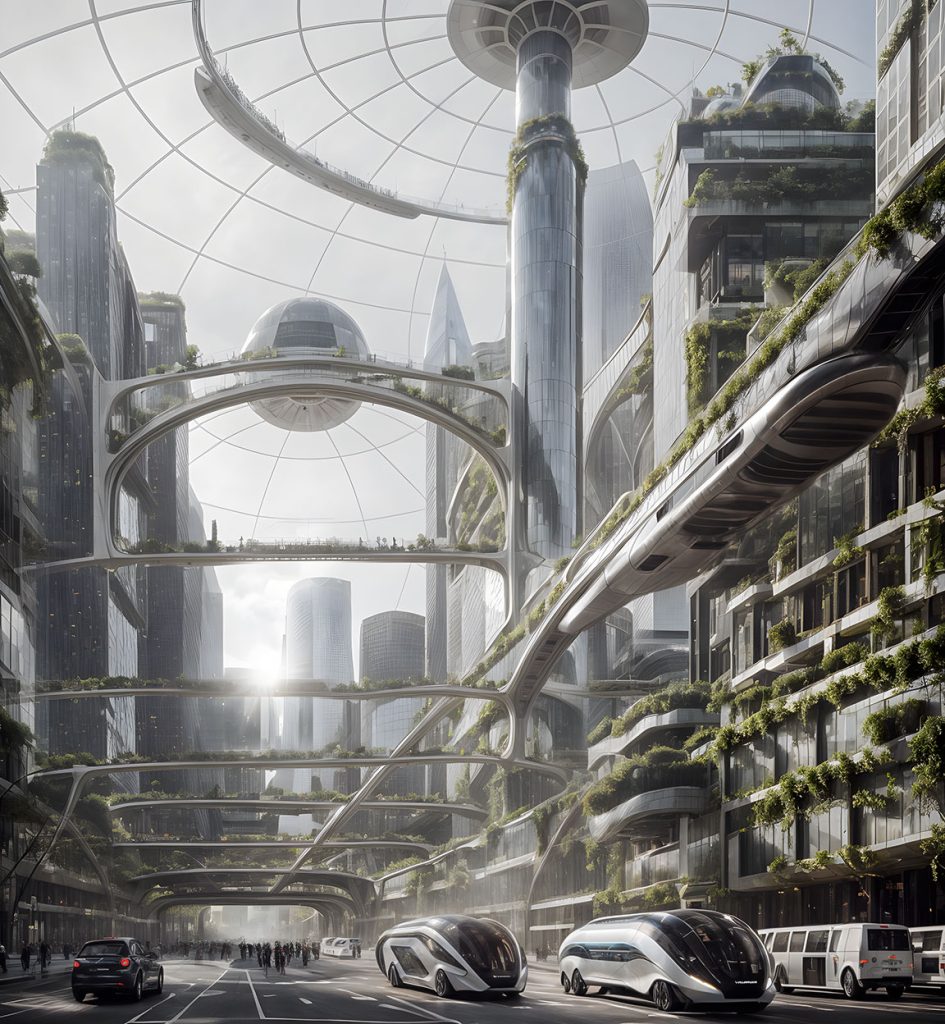
Instead of starting from scratch, Jose adopted a different approach to this project, Pencil 2 Pixels. While the workshop’s scope extends beyond mere text-to-image creation, he tried to visualize from diverse architectural sketches. According to Jose, the project aims to be accurate with the drawings and go a step further by leading the process with AI.
Guiding Stable Diffusion toward a clear image style was a challenging task. Initially, Jose worked on visualizing the basic geometry until he landed on a style that resonated with both the architect and the essence of the project. At this project stage, careful image curation is crucial to prevent the AI from taking excessive liberties that could produce overly artificial visuals.
The next step involved establishing visual narrative coherence. This required iteration; he started with masterplans, remembering that revisiting earlier visuals would be imperative as Jose progressed. The most challenging part was steering the software to keep a holistic approach. The aim was to ensure consistency across all project images, even with varying architects or styles.
Jose’s Creative Process
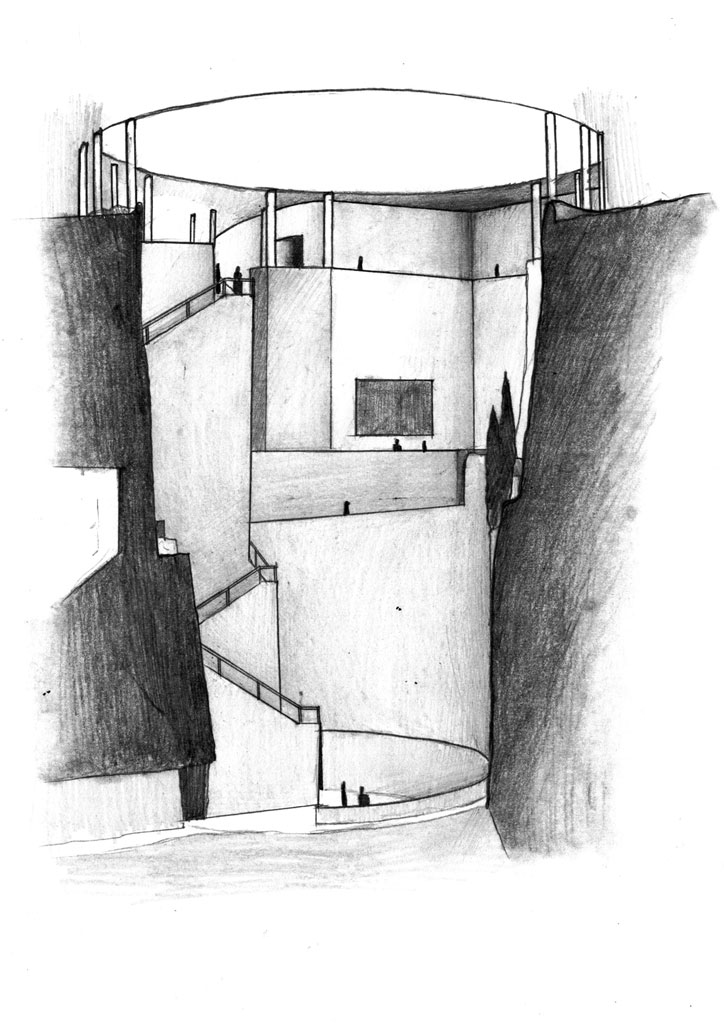
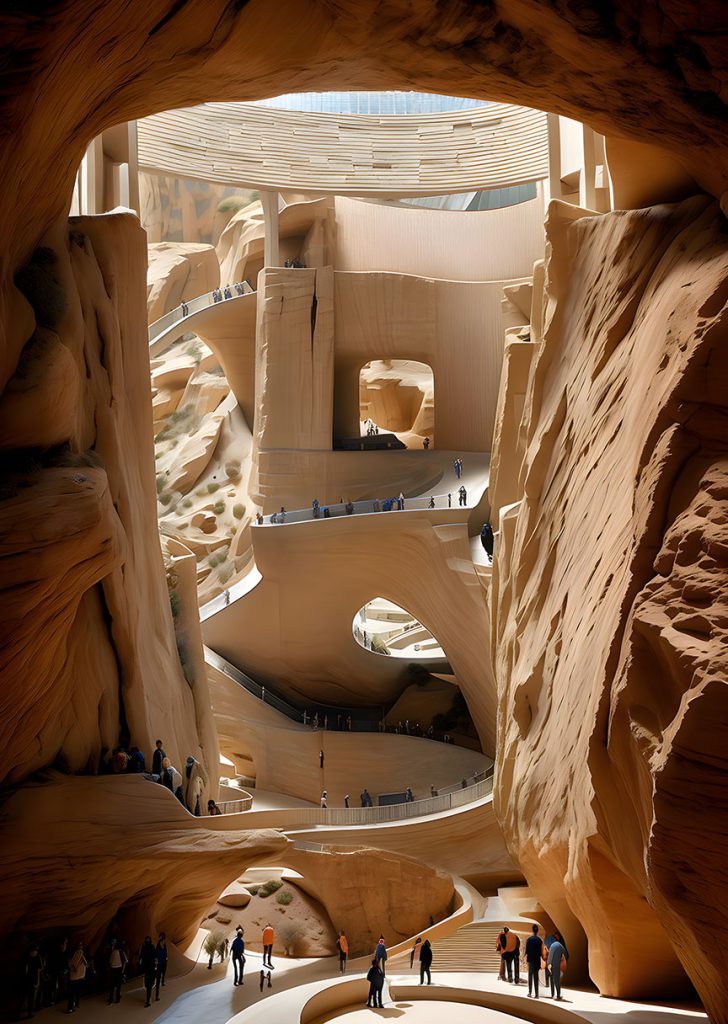
As a computational designer, Jose does not know the AI realm is a new concept. These tools were beneficial throughout the design process, from topology optimization to energy analysis. However, text-2-image software opens up new horizons because it allows us to explore- hundreds of concepts for our projects within a short time.
During this PAACADEMY workshop, Carlos Barnon provided tools for a precise understanding of prompt engineering. Some helpful advice was to tackle one ControlNet Unit at a time for in-depth development to enhance the software’s comprehension. This approach was essential to provide an accurate level of consistency in the visuals.
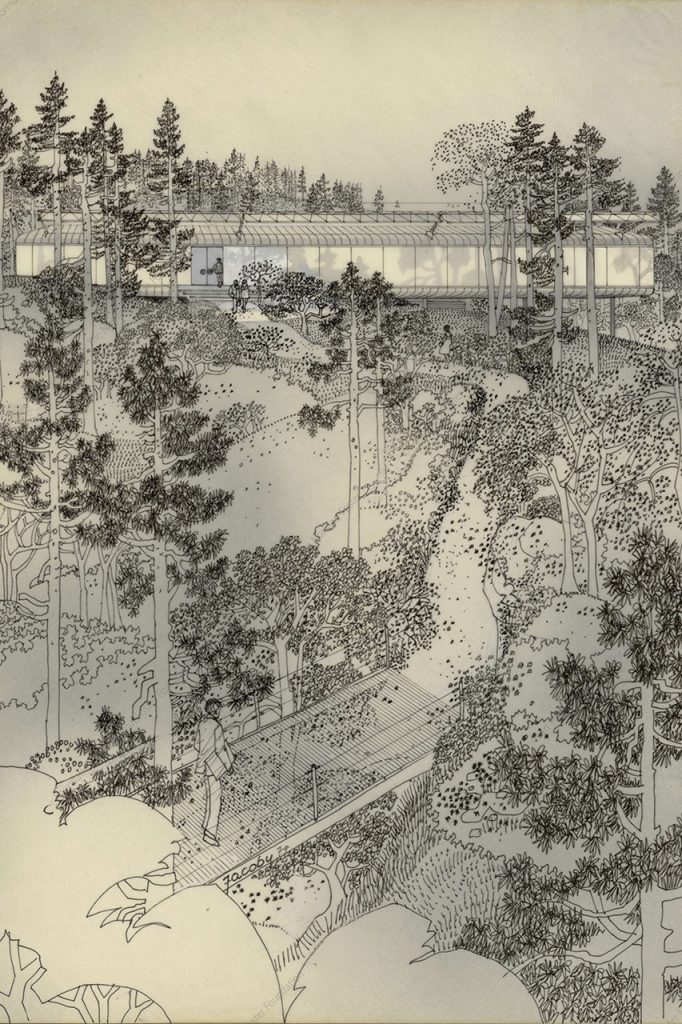
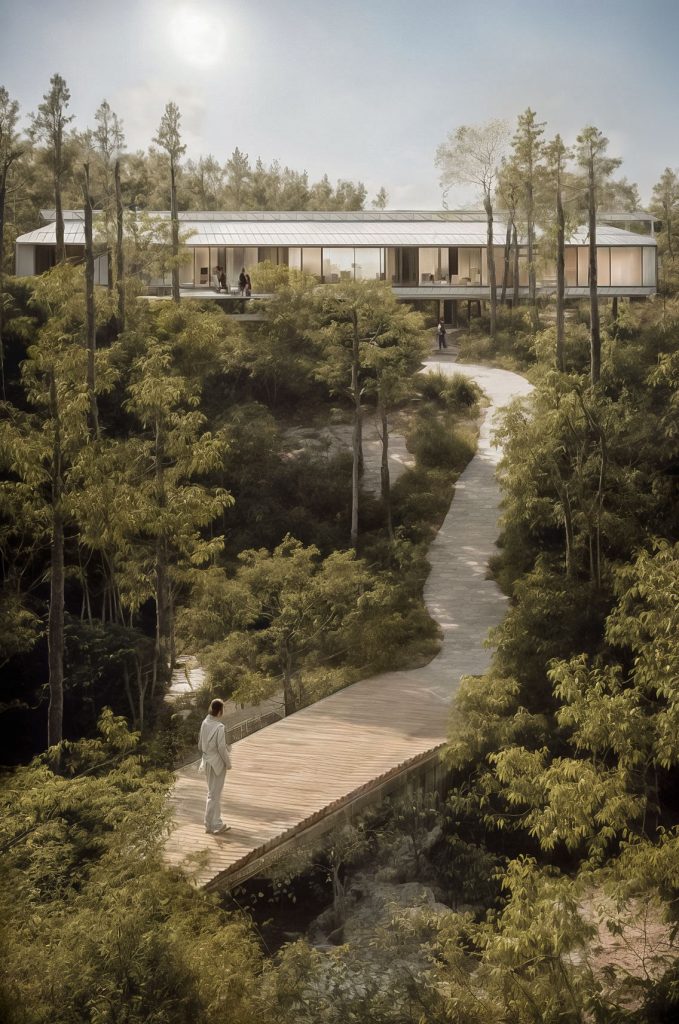
Jose relied on using Dall-E 2 for quite a long time. However, he came across Adobe Firefly, which offered him the opportunity to test it as a Beta user, and the experience was fantastic. When Firefly/Photoshop fell short of my expectations, Jose found using ControlNet directly for the necessary image corrections beneficial.
A pivotal aspect is the ability to produce precise images without project modeling. Moreover, AI tools offer a level of realism that’s challenging to achieve with traditional software. Additionally, they present a unique approach to decision-making in the early stages of the project, providing a wide range of solutions for one project. Finally, choosing Stable Diffusion over MidJourney ensures high accuracy without extensive iteration time.
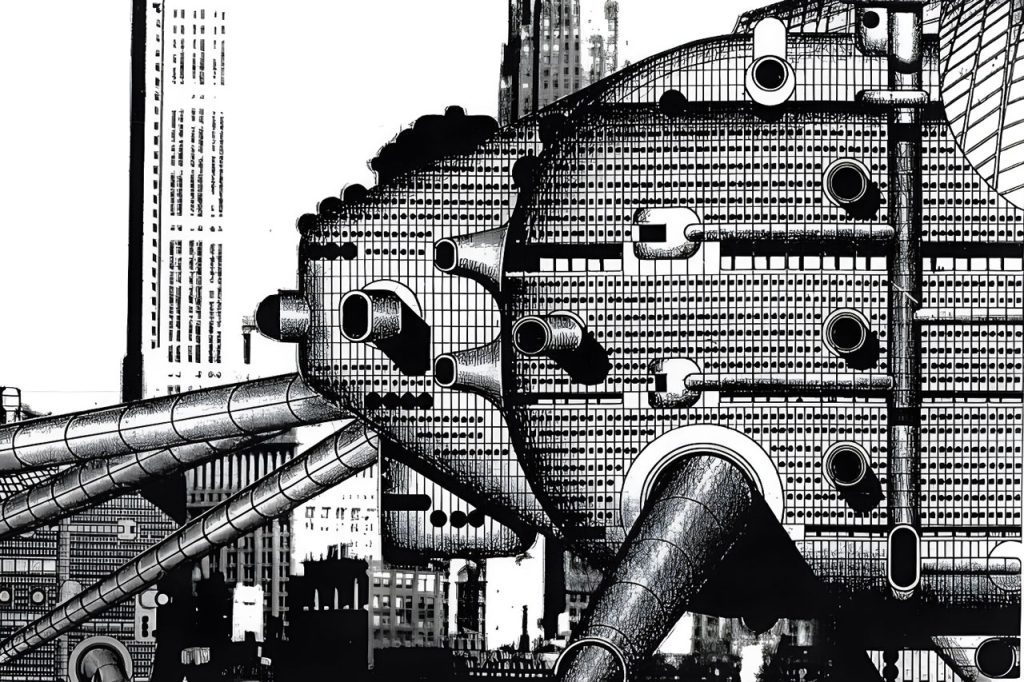
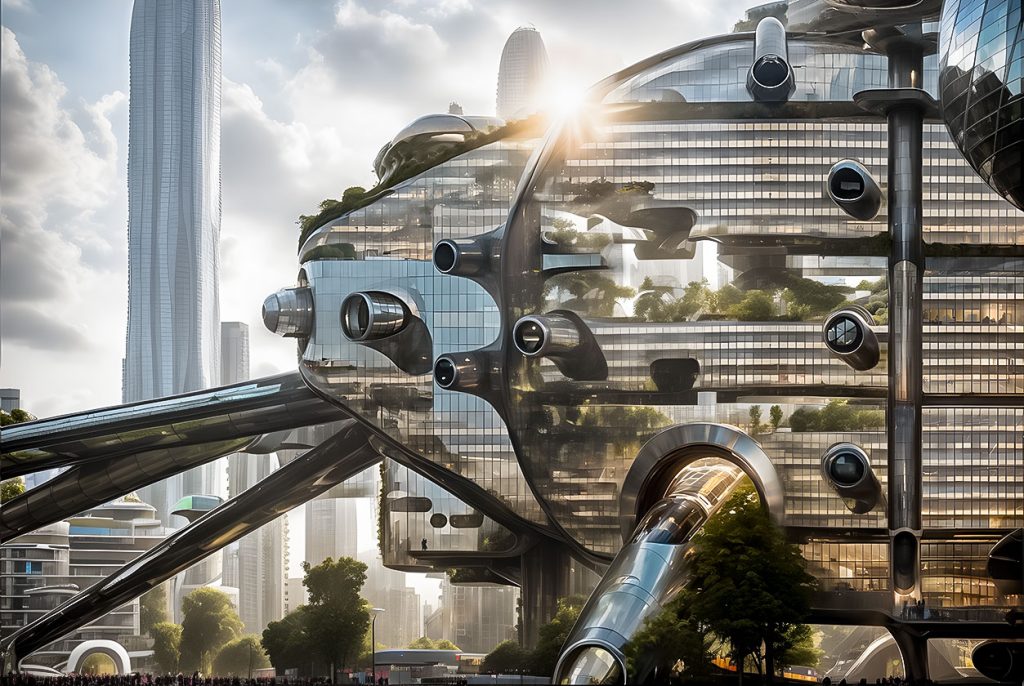
Future of AI in Architectural Visualization
By leveraging cutting-edge AI tools, Jose Luis Perez Hermo not only pays homage to the architectural masterpieces of the past but also pushes the boundaries of modern design innovation. His reimagined sketches blend historical inspiration with futuristic flair, offering a fresh perspective on iconic structures. This fusion of technology and creativity highlights the transformative potential of artificial intelligence in the architectural world, inspiring both professionals and enthusiasts to explore new possibilities in design and visualization.
This project embodies a holistic approach to leveraging SD’s potential through different architectural styles. Sometimes, it can be demanding, where architects must adapt the software to align with their unique styles. That entails embracing SD as a co-worker and driving the project’s evolution step-by-step. This collaborative approach facilitates conceptualizing the project and generating feasible architectural ideas.
With that in mind, it is important to keep using these incredible tools, from conceptual stages to construction and detailing, because that process also provides valuable insights for the whole community, enriching further advancements in this field.
*The text was provided by Jose Luis Perez Hermo and reviewed by the PA Editorial Team.




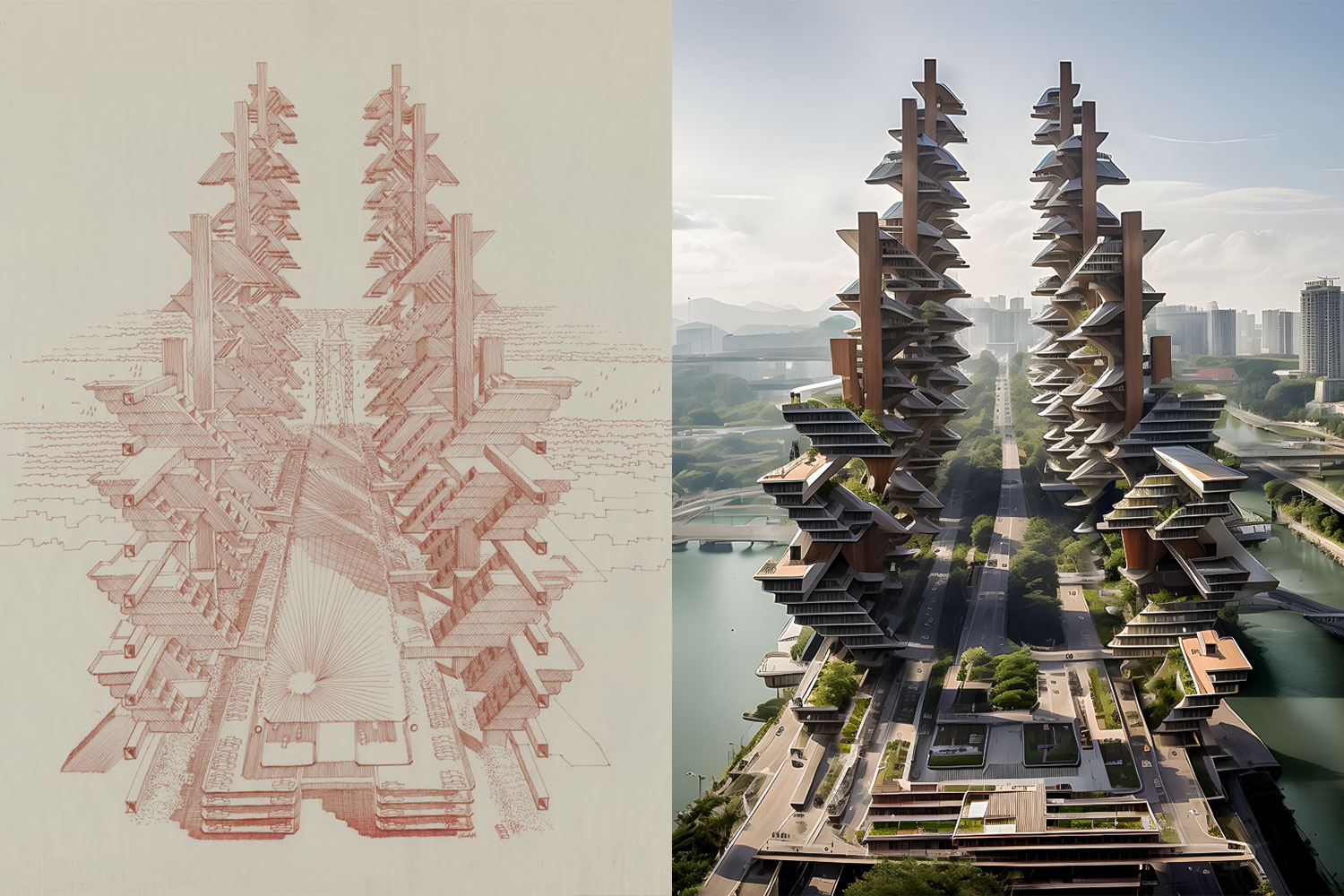
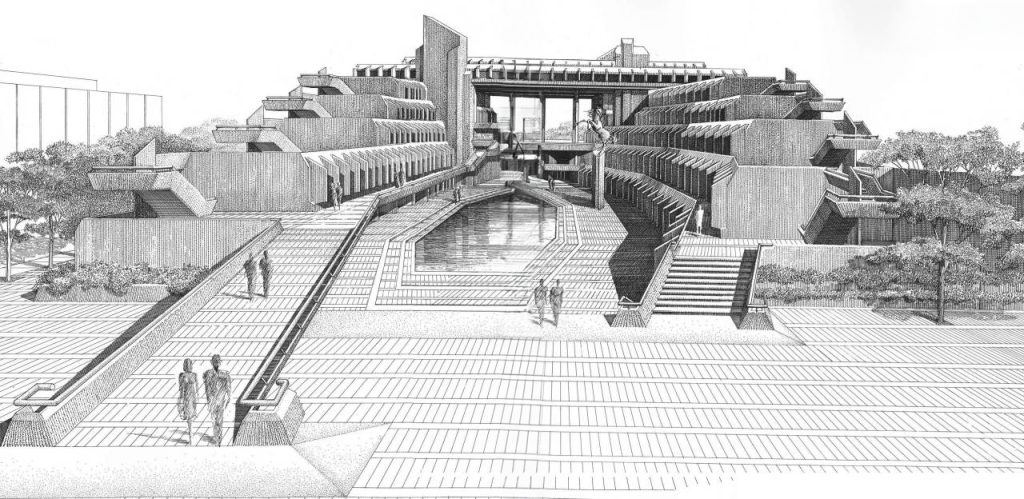



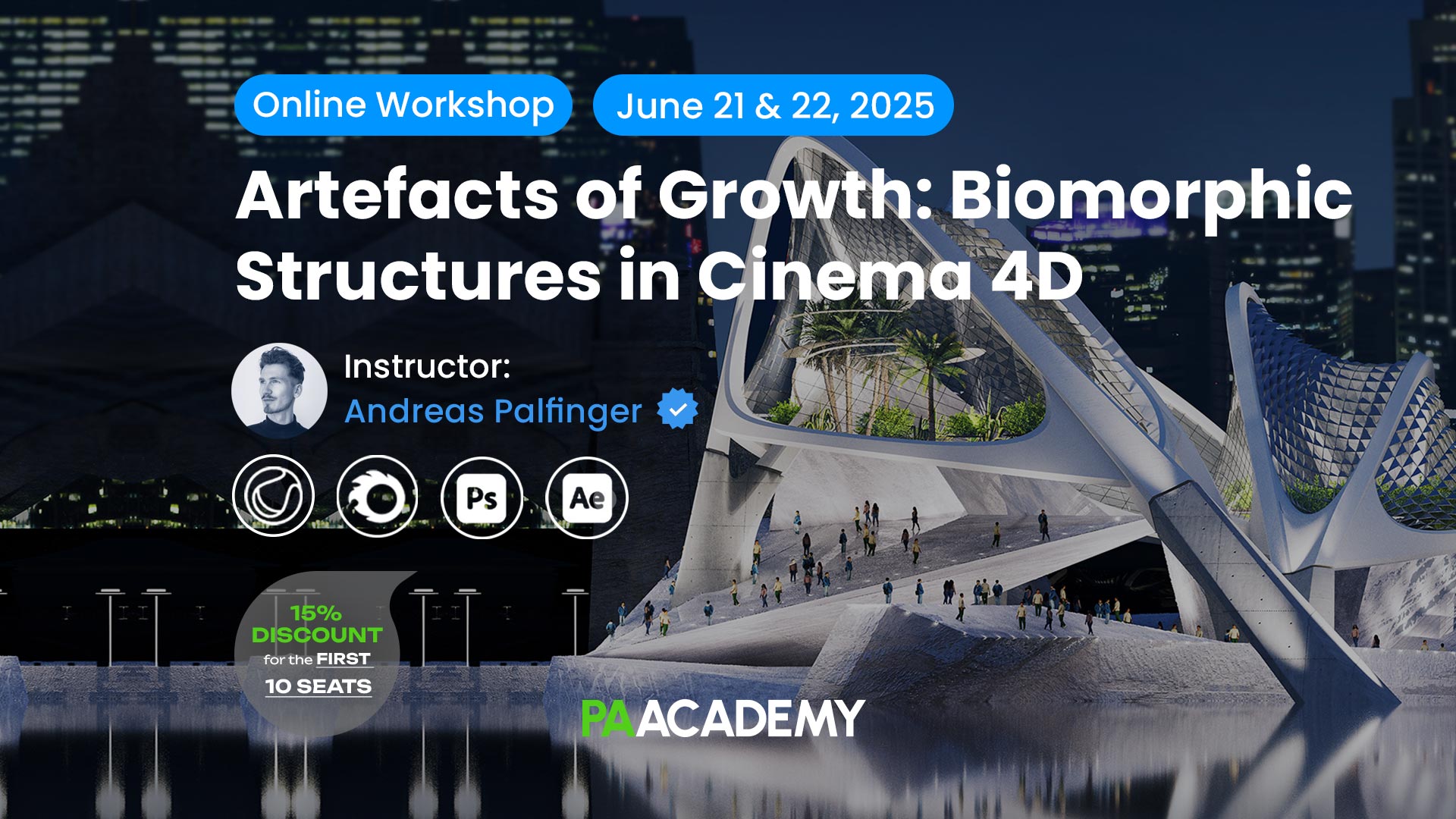


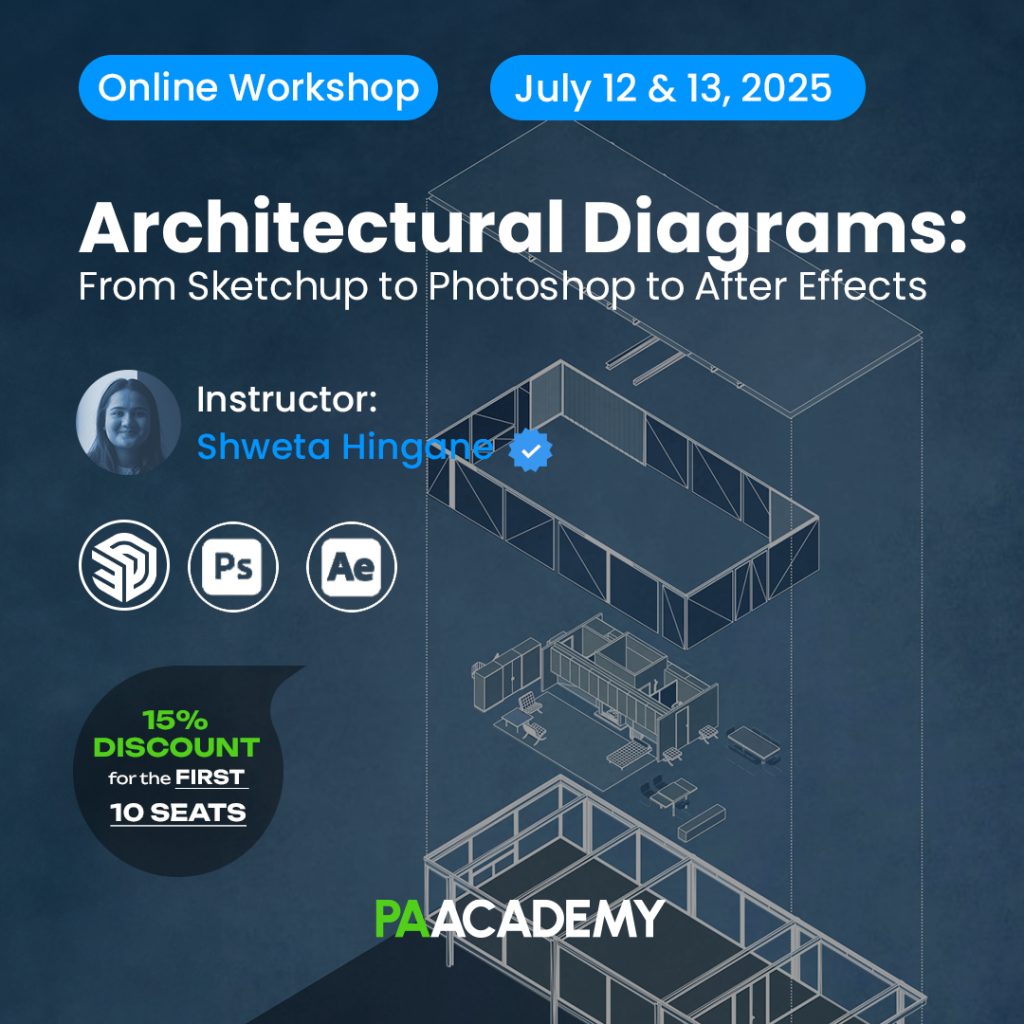
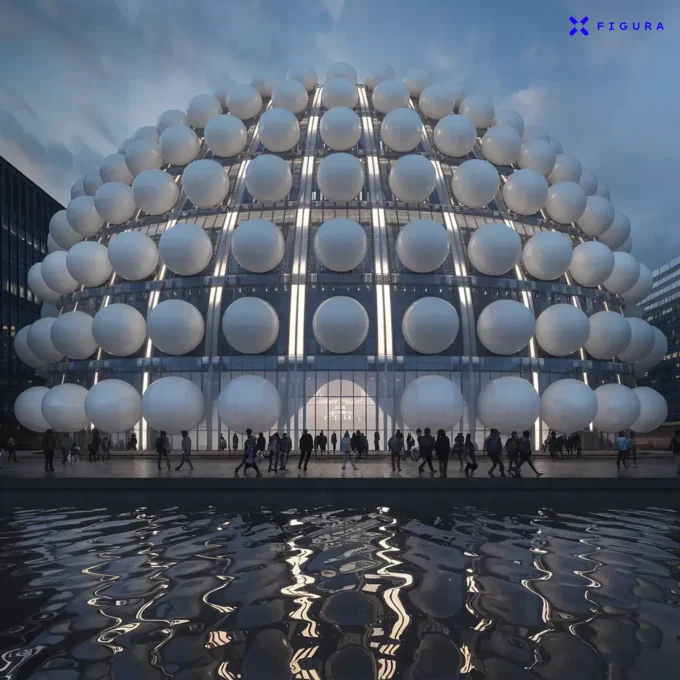







Leave a comment